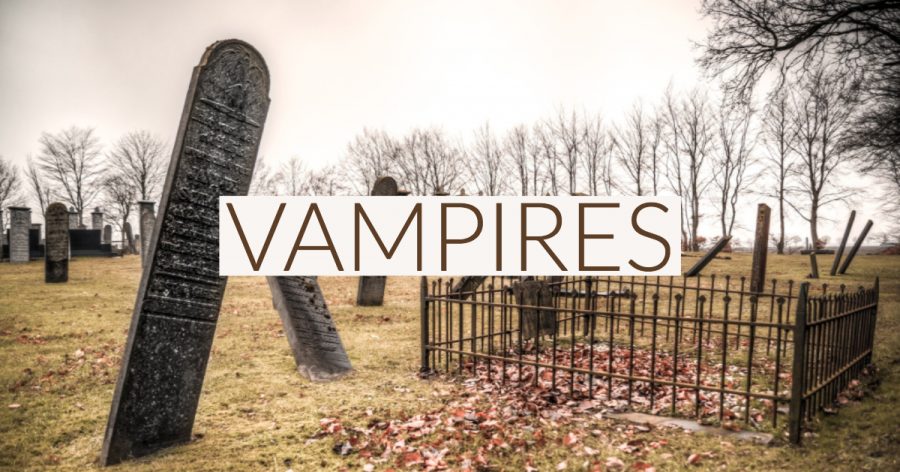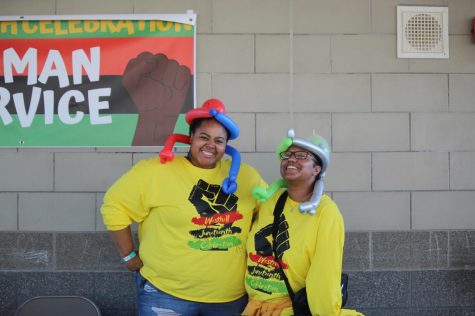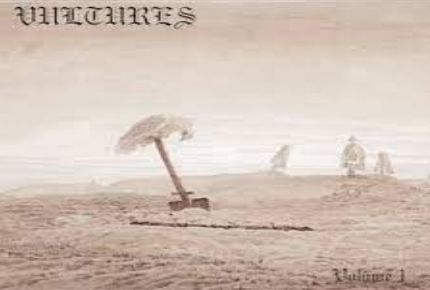VAMPIRES: Europe, America, and New-age
European Blood-Suckers
Traditional vampires in Europe involved various beliefs that centered around death, the once living, and the diseased.
People wanted something to attribute illness to and by believing the narrative that vampires were to blame, it made things easier to understand. So, the incurable diseases were not natural, and people could protect themselves by hanging garlic to ward off the monsters. These rituals were especially prominent as religion was deeply influential in values and intellectual enlightenment.
Often times, the processes of decay were over-analyzed and interpreted by uninformed people who could not explain the stages of death, causing speculation.
For example, Pallor mortis that occurs in the first stage of death where the skin becomes unnaturally light explains how vampires are often described as being deathly-pale. Signs can often be visible as the body is not yet buried, so it was a common “misdiagnosis.”
Algor mortis in which the body cools from the outside in during the second stage of death explains the lore that vampires are cold to the touch.
There were also misconceptions about growth after death, as on most bodies the nail follicle seemed to be elongating, appearing longer and in some cases sharper.
Due to evolved technologies, professionals now know that the body actually shrinks a percent after death when the body dehydrates–causing the skin to pull back.
Many Europeans believed the cure was to dig up the dead bodies, cutting out their hearts, burning and eating them to give them immunity to the illness.
The procedure had an effect on the people who consumed the ashes as they often would become ill themselves and eventually die.
Vamps in America
Brian D. Carroll, Professor and Historian at Central Washington University, studies the “vampire outbreaks” that occurred in Europe and America, as well as the historical context between them. He pushes to solve the tough questions about the era’s post-revolutionary ideology, and why lines between medicine and the occult became blurred. He argues ideas of vampirism were brought to America only after the American Revolution and later blew up. In his opinion, this is why the tactics were so similar, yet it wasn’t as ancient of an idea in the United States.
In Eastern United States, during 18th and 19th centuries, tuberculosis was an epidemic—people were dying by the hundreds.
Similar to the European ideas of disease, they didn’t know what to believe nor did they understand it. It was a frenzy. With so many traveling superstitions, fragile beliefs, and undefined diseases, many actually believed something evil was behind it.
So, while the “medical” cure was almost exactly the same with cases in Rhode Island, Vermont, Connecticut, and most of New England as it was in Europe, the cause was different.
As people became infected with tuberculosis, family members almost always followed as the disease was rapidly spread, and at that time, fatal. Strangely, people thought the family members who died and infected the others were actually sucking their life force. It wasn’t called vampirism in communities at that time, but it is often referred to that now. These beliefs may be attributed to the religious separation from the church as almost 90% of New Englanders were no longer attending, or affiliated, with any organization or church.
Calling on one of the many cases, in 1845 a family in Connecticut, specifically Jewett City, grew ill of tuberculosis, followed by a string of unfortunate events.
Three sons, Lemuel, Elisha, Henry, and father Henry B. became infected and all died within a 10-year span. Remaining family members were sure that the untimely deaths were caused by the previous relative’s habits of rising from the dead and feasting upon the living. Two of the brothers’ bodies were eventually dug up and burned to ash in hopes of “keeping” them dead.
Sadly, this wasn’t the only family that ended up this way as these “medical” procedures, or one could call them rituals”, became normal. They were especially prominent in areas where 20% of deaths could be attributed to tuberculosis.
The burning of organs that looked fairly fresh wasn’t the only tactic in the “cure.” Current analysis of remains concludes that the other processes during that period were used to keep corpses from wandering in the dark including decapitation, rock to the jaw, stake through the heart, and several others.
The Modern Vampire
Original vampires were not sparkling in the sun or attending special academies for the undead. Although, it may seem especially peculiar that the attractive, frankly polished and polite vampires people know today in the media weren’t the same 100 some years ago, but they were indeed frightening. From Gothic novels to spooky “horror” films; the myth has now evolved to a whole different kind of phenomena. The romantic and charismatic vampire genre is the modern illusion that has indeed taken root.
For example, Twilight, a very well-known series of movies set in Forks, Washington is about a young 17-year-old girl who falls in love with a vampire. While the film does include some old theories about vampires, for instance being cold to the touch, it does a great job of portraying vampire Edward as a sparkly, harmless “vegetarian.”
And this is just one of the many romanticized vampire roles; as they can be seen in anything from movies, novels, and audiobooks, to music and merchandise.
The vampire culture is everlasting—almost as passionately at the immortals will to live centuries without aging a day.
Want to get involved? Submit a letter to us at:
https://rhshawkeye.com/sumbit-a-letter/
Want more info on the story? Contact me and give me your feedback!

Hello Reader! My name is Emma Austin; I’m a Senior, and Part-IB student here at Renton High School.
I enjoy Journaling, Writing, Reading, and attending...















